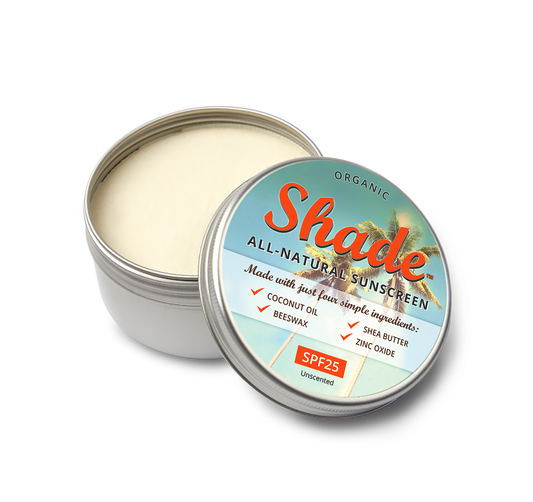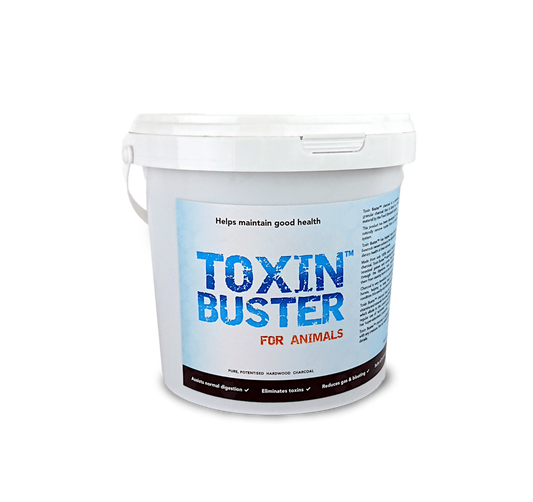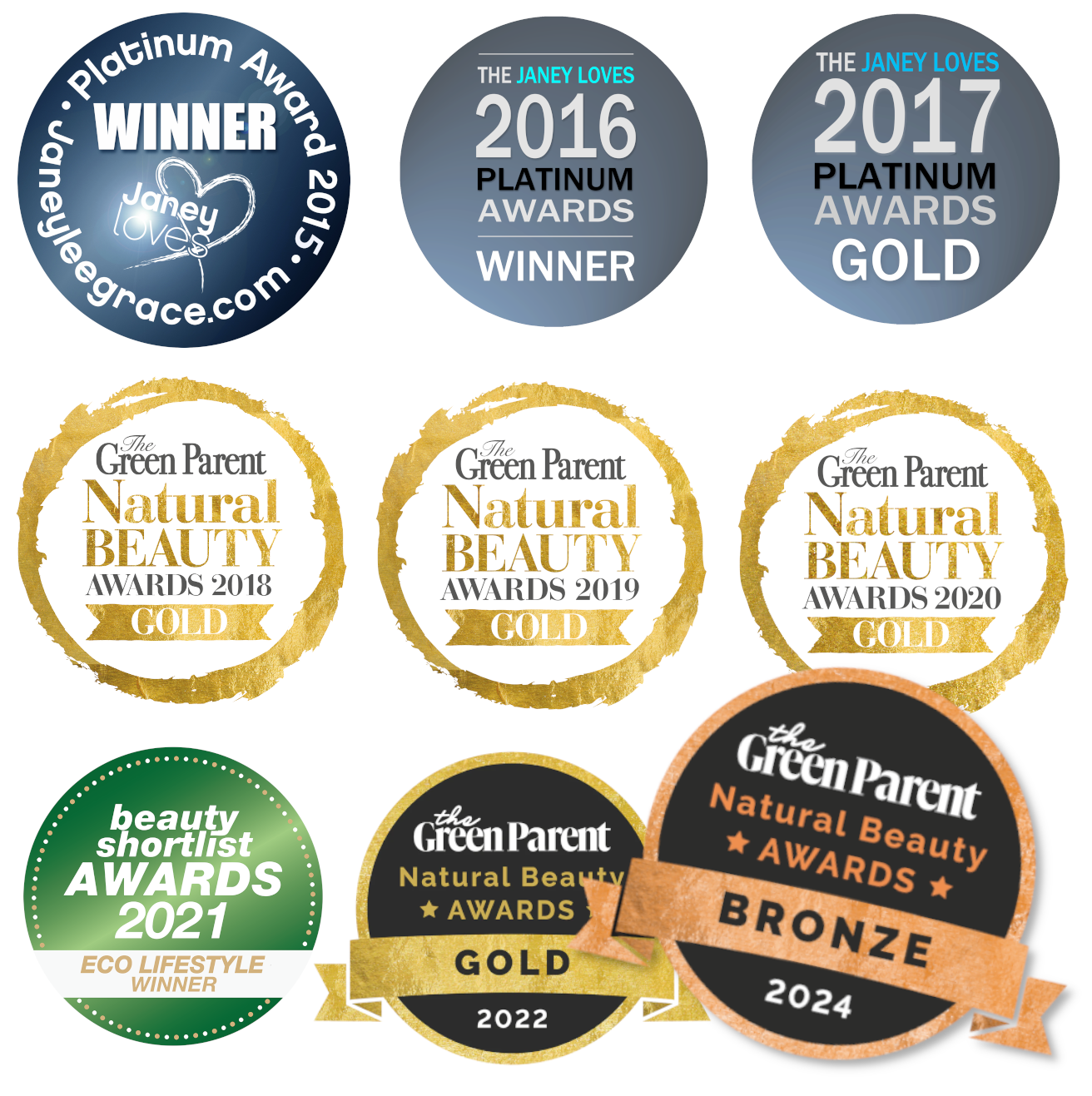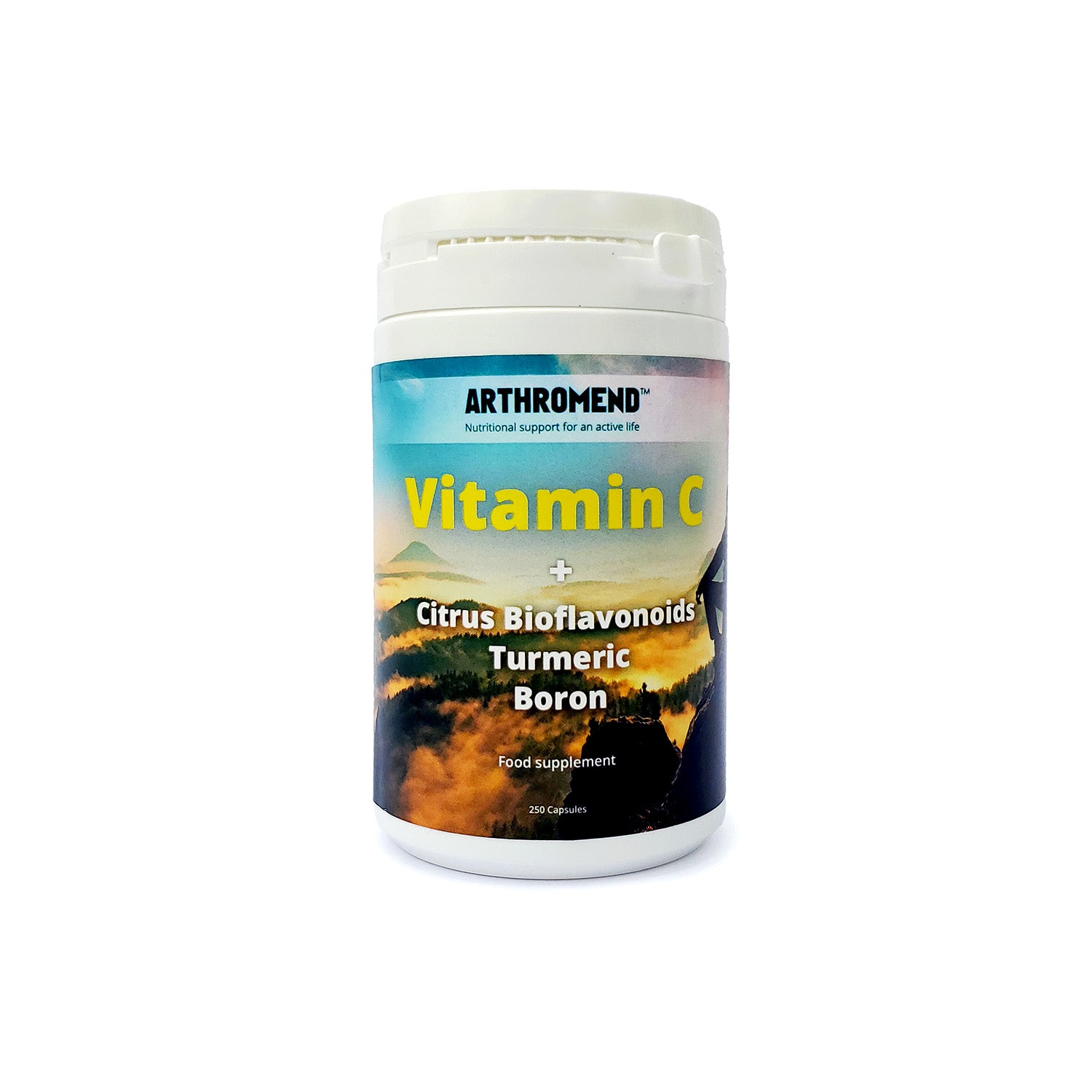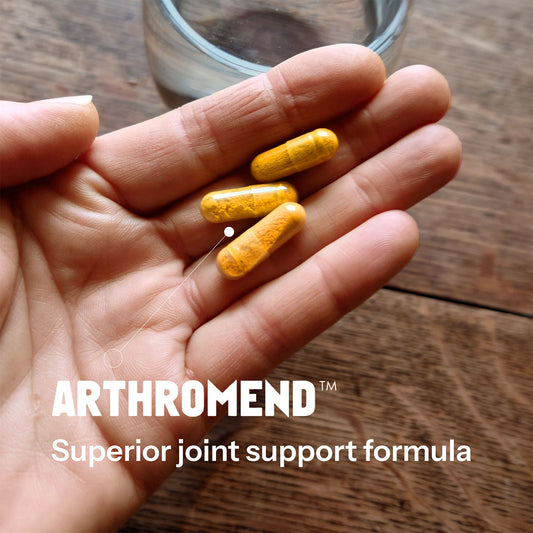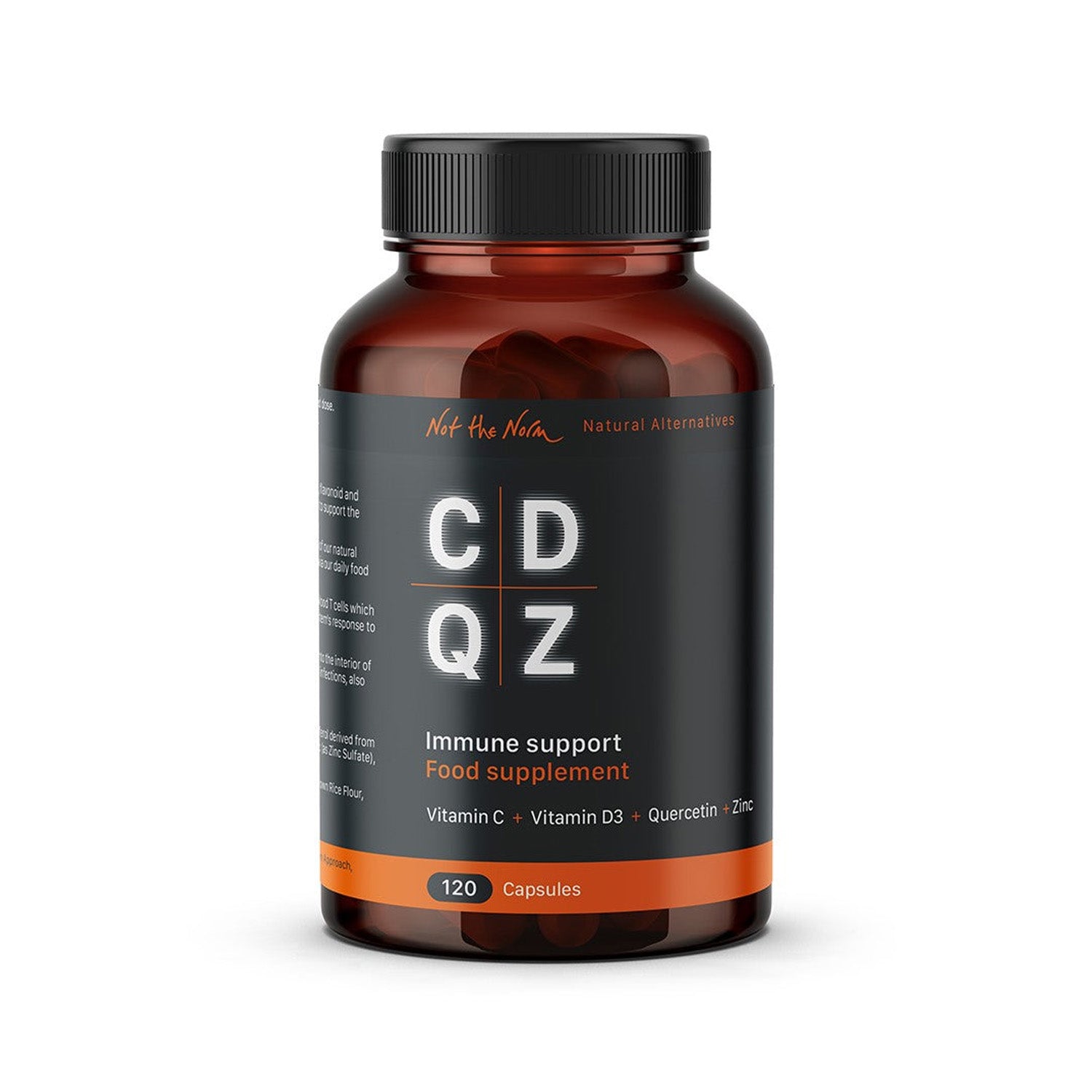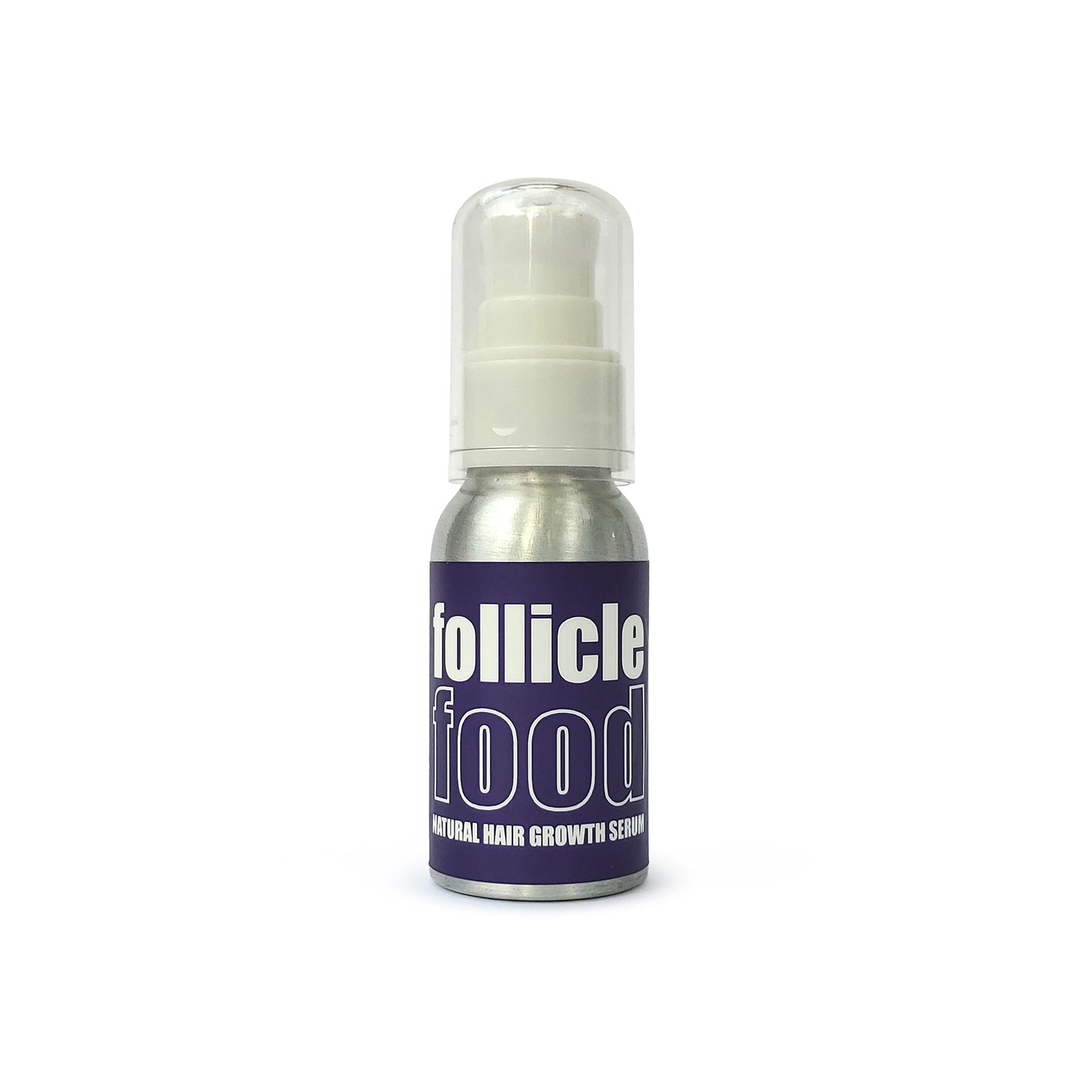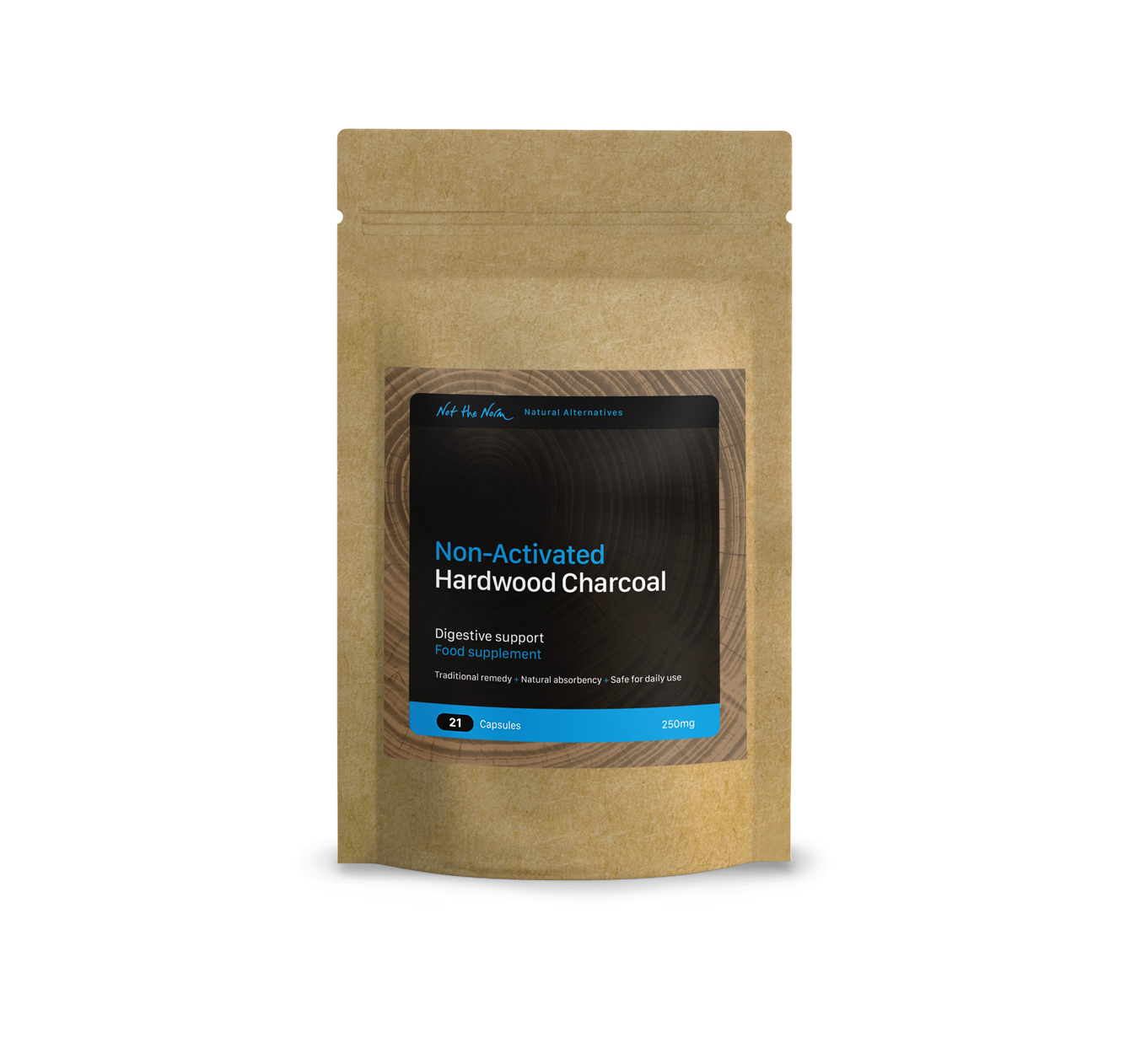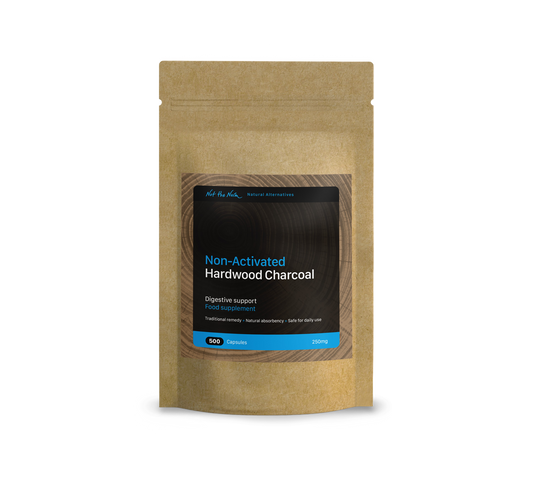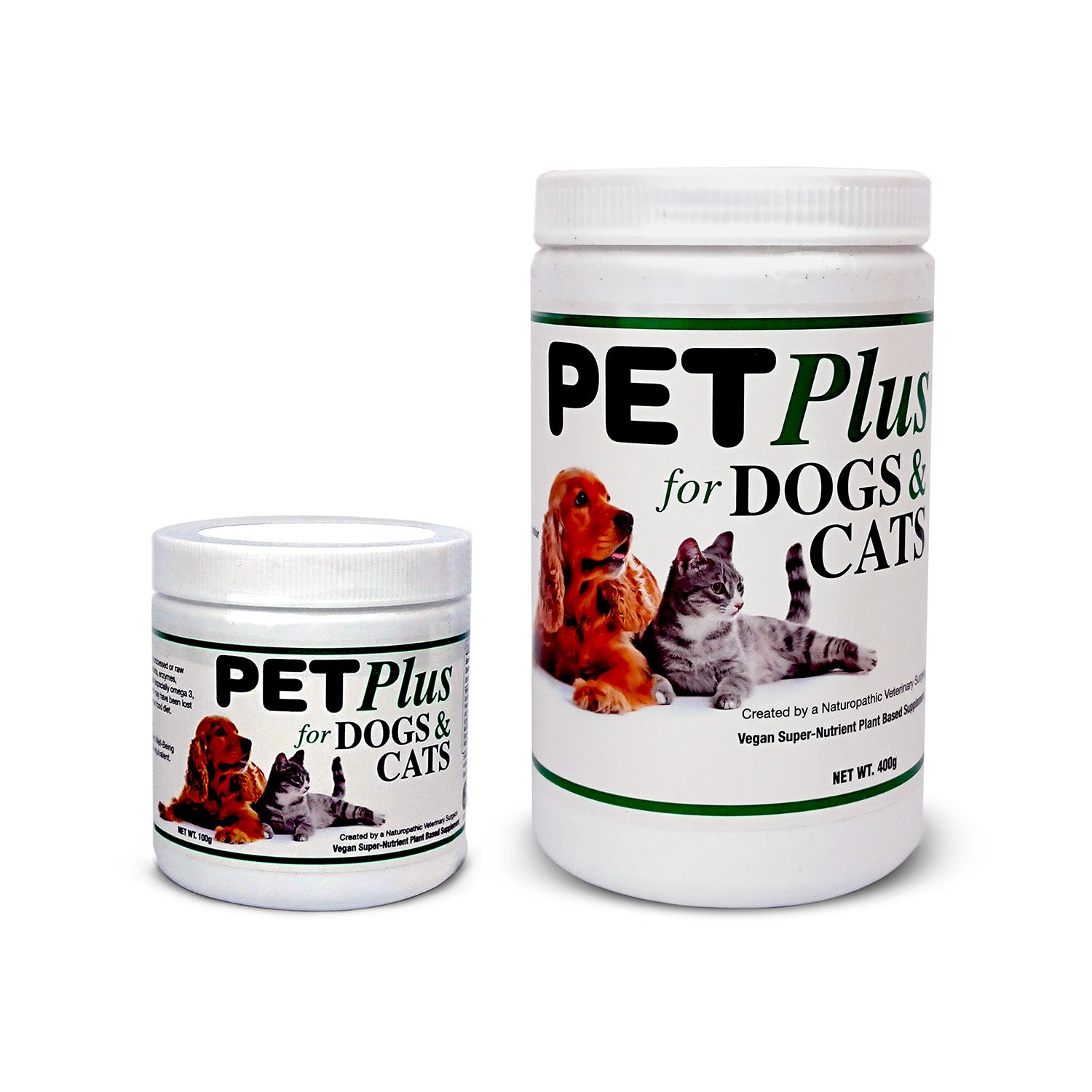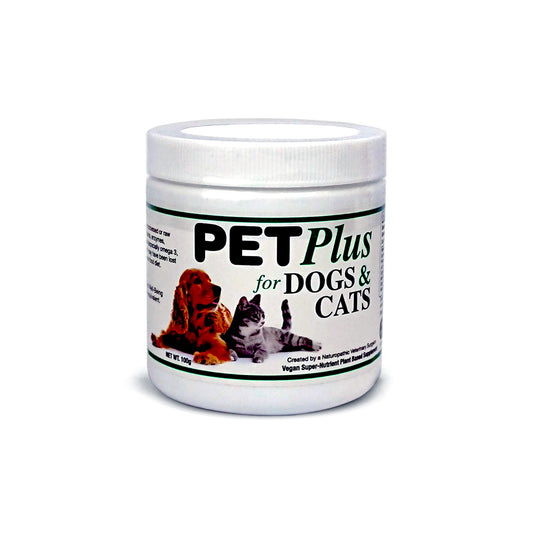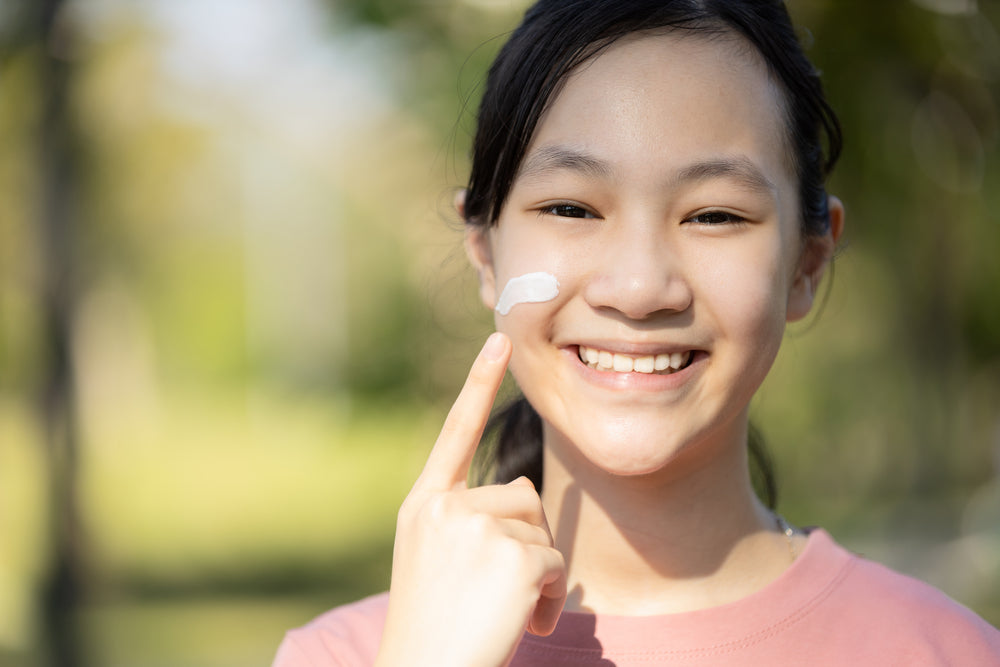It’s important that we are 100% happy with the products we purchase, most especially when it comes to applying them to our own or our children’s skin, and most particularly if they are to be consumed. This has always been a major concern of mine, as the skin is the largest organ and much of what we apply to it can be absorbed into the bloodstream. This is why I developed Shade All-Natural Sunscreen 10 years ago.
There's a study from 2021 that appears to have caused quite a stir of late: 'Zinc oxide-induced changes to sunscreen ingredient efficacy and toxicity under UV irradiation' https://www.ncbi.nlm.nih.gov/pmc/articles/PMC8550398/. I have been meaning to address this paper with a blog post for a while. A customer's request for a refund this morning with the following comment, "I have just been made aware that zinc oxide becomes toxic after exposure to the sun I was shocked to see that your sunscreen contains this," has prompted me to get my skates on and get writing.
The Study: What Does It Say?
In order to understand the study, it’s important to look at the source (the study itself), instead of reading reports of it, as media and journalists can misinterpret studies, or overhype findings to generate clicks and attention. We should also look at it in context to Shade, which is not a mainstream sunscreen. I will highlight some of the relevant points below, but obviously you can refer directly back to the paper itself to verify.
- The researchers found that sunscreen ingredients broke down when mixed with zinc oxide and exposed to UV light, and the degraded mixtures had lower UVA protection and were toxic to zebrafish embryos.
- They prepared 5 mixtures of chemical filters including Avobenzone, Octisalate, Homosalate, Octocrylene, Oxybenzone, DHHB and Bisoctrizole in varying % quantities to achieve an SPF value of 15.
- They used separate mixtures of nanoparticle zinc oxide (absorbs into skin - we don’t use this one) and non-nano particle zinc oxide (does not absorb into the skin - we use this one)
- They measured the UV absorption of each mixture (the greater the UV absorption the better the UV protection, since that’s how chemical sunscreens work – they absorb UV before it hits your skin).
- It is important to note that the set of experiments were conducted on mixtures of chemical UV filters without the non-active ingredients found in sunscreens such as emollients, surfactants, and preservatives. Shade only contains non-nano zinc oxide and these other non-tested ingredients.
- The paper declares that "In our testing, we considered a comparison with sunscreen lotions bought over the counter that contained both ZnO and small-molecule-based UV-flters." There was no mixture replicating a photostable non-nano zinc oxide formula that sits on the skin (and doesn’t absorb into the skin) and that contains no other sunscreen active or inactive ingredients.
- They tested the chemical mixtures on zebrafish embryos. Zebrafish embryo results don’t entirely reflect what happens on human skin, with a product that’s designed to stay on the surface.
Potential Conflicts of Interest?
One of the authors of the paper is a co-founder of a cosmetics company, Keracol Limited. Is there a conflict of interest here? Is Keracol involved in creating innovative sunscreen actives which could compete with zinc oxide or established chemical sunscreen actives? If I have learnt anything over the last 25 years in the natural health industry, it’s that not all research is equal, and I do tend to question everything I am told.
Is Zinc Oxide Still Safe?
Zinc oxide, to date, and for many, many years prior, is still considered to be the safest, most effective sunscreen active ingredient in its own right. This study does not change this, and this remains the general consensus. “A review of inorganic UV filters zinc oxide and titanium dioxide” https://onlinelibrary.wiley.com/doi/full/10.1111/phpp.12439
If you want to understand more about non-nano zinc oxide, I suggest you conduct a web search of the following questions. AI will come up with a generalised precis of information found on the web:
- What is the safest most effective sunscreen active ingredient?
- How does non-nano zinc oxide work as a sunscreen active?
- Is non-nano zinc oxide photostable?
I think you'll find the results reassuring.
A Natural Perspective
We have to remember that it’s not natural to smear ingredients on our skin in vast quantities. We shouldn’t be washing our skin as regularly as we do, stripping it of its natural oils and dead skin cells and even grime, which will offer their own levels of protection against excessive UV exposure. This is not a natural behaviour, but one that we have been conditioned to do, and sunscreens in general are a very new concept in the grand scheme of human evolution. We are all still learning the pitfalls of our modern-day habits, and I am under no illusion that we won’t find issues with most of what we do to ourselves on a daily basis in the future.
Our Commitment to Safety
I am personally not heavily invested in or defensive of non-nano zinc oxide. If another ingredient were to surface as far safer and more effective, then I would likely jump ship. But so far I have yet to find one. Are you aware of one we could substitute for zinc in our formula? If so, please do let me know what it is, I would happily consider it!
Tania Wedin
Founder & Managing Director


